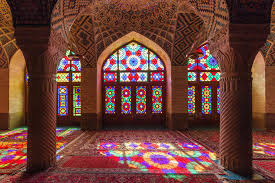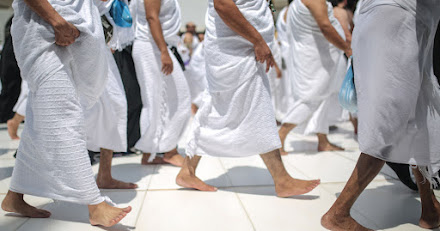Masjid-al-Haram remains the holiest mosque of Islam to exist on Earth. The reason being it has a great association with Islamic history and origin. In addition, millions of pilgrims arrive here every year for the holy rituals of Hajj and Umrah by best Hajj and Umrah travel Agents of Islamic Travel. Hajj tour is an obligatory sacred pilgrimage that Muslims undertake from the 8th to the 12th of Dhu-al-Hijjah; annually. On the other hand, Umrah is a sunnah pilgrimage of the Holy Prophet (SAWW), thus, performed voluntarily by a believer.
In addition to the Holy Mosque of Makkah, there are a total of three sacred mosques of Islam present in this world. So, here’s a brief description of them.
1. Masjid-al-Haram.
Masjid-al-Haram also known as the ‘Great Mosque of Makkah’ or ‘Makkah’s Grand Mosque’ remains the holiest mosque of the Islamic religion. Masjid-al-Haram reserves exceptional spiritual significance for Muslims. Holy Kaabah, Hajar-e-Aswad (the black stone), Maqam-e-Ibrahim, the hills of Safah and Marwah, as well as the well of Zamzam – all are present within n its premises.
Masjid-al-Haram is located in the holy city of Makkah in Saudia Arabia that’s why it remains the true focal point of Islam for believers. Masjid-al-Haram (the holy Kaabah) remains the only Qibla of Islam. No matter where they reside in the world, Muslims offer their prayers facing its direction. That’s why Masjid-al-Haram also remains referred to as the ‘House of Allah Almighty; here Ibadah and Tawaf never stop!
As the fifth obligatory pillar of Islam, the largest annual religious gathering of pilgrims can be seen here during the time of Hajj pilgrimage; nearly 4 million people! Due to this reason, Masjid-al-Haram also remains the largest mosque in the world as well.
2. Masjid-al-Nabawi.
Masjid-al-Nabawi (SAWW), also known as the Prophet’s Mosque, is present in the holy city of Madinah of Saudia Arabia. The mosque was initially established as well as built by Prophet Hazrat Muhammad (SAWW) himself. In fact, the Roza-e-Rasool (SAWW) is also present here – Masjid-al-Nabawi is the resting place of our holy prophet Hazrat Muhammad (SAWW).
Though it originally remains the third mosque to be established in the history of Islam, it is considered the second holiest mosque of Islam because of its sanctity. Despite this, it’s also the second-largest mosque in the world as well i.e., after Masjid-al-Haram.
Though none of the Hajj or Umrah rituals are associated with Masjid-al-Nabawi, millions of Muslim pilgrims visit this mosque and offer prayers there in their love and respect for the Holy Prophet Hazrat Muhammad (SAWW).
3. Masjid-al-Aqsa.
Masjid-al-Aqsa is also known as ‘the Farthest Mosque’ and is the 3rd holiest Mosque of Islam that also served as the first Qibla. However then as per the will of Allah Almighty Qibla was changed from Masjid-al-Aqsa to Masjid-al-Haram i.e., Holy Kaabah during the times of Hazrat Muhammad (SAWW).
Masjid-al-Aqsa is present in the Old City of Jerusalem. The entire area of Masjid-al-Aqsa consists of the famous ‘Dome of the Rock’; The Four Minarets, and the Seventeen Gates while the wider area being referred to as ‘Al-Haram-ash-Sharif (The Noble Sanctuary)’.
These are some of the things to know about the three most sacred mosques of Islam.




